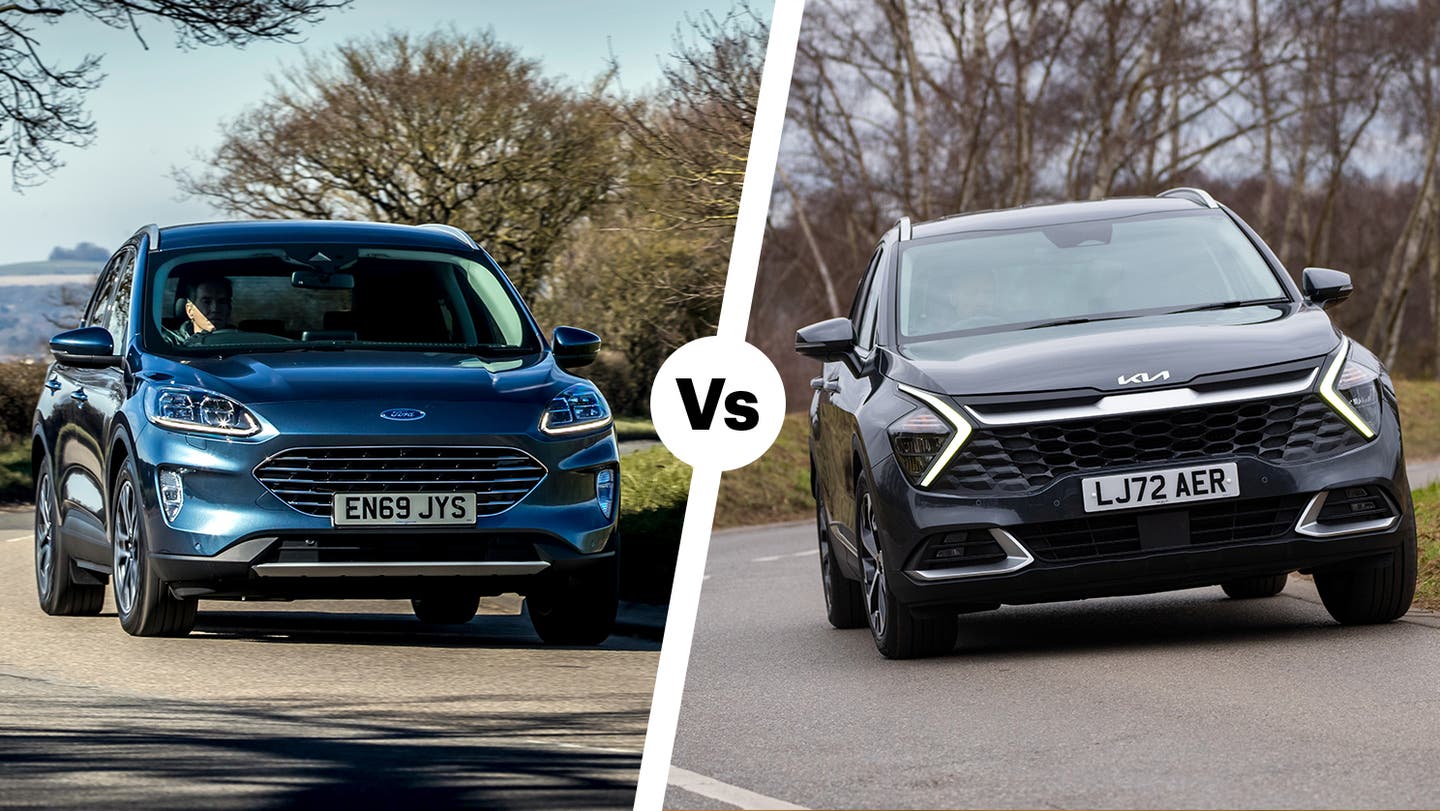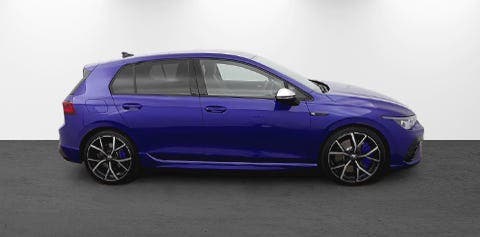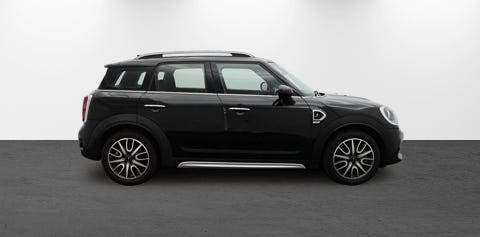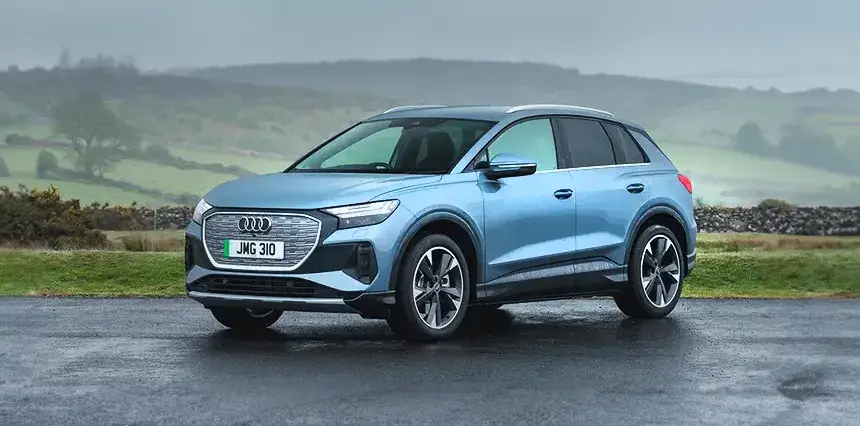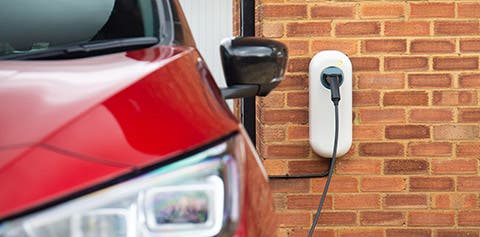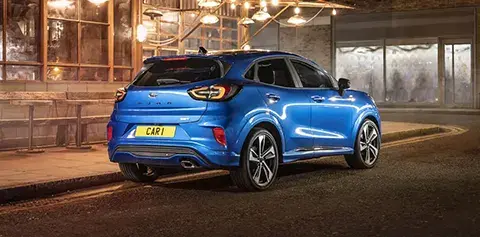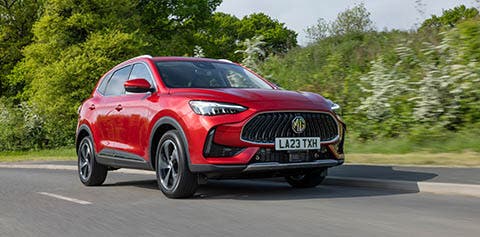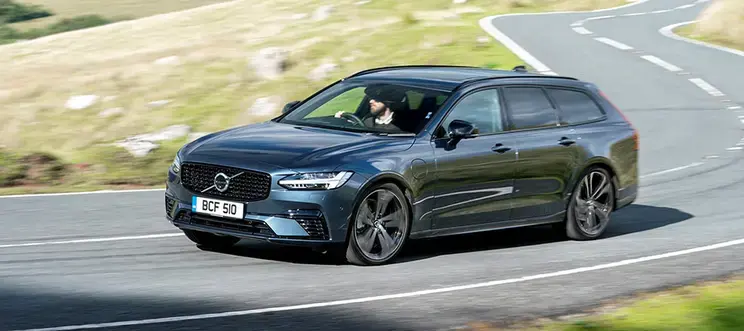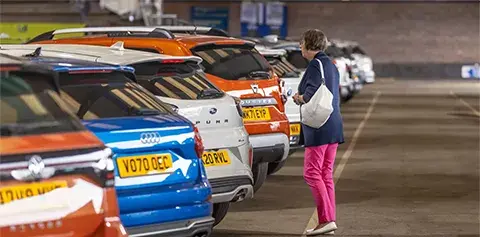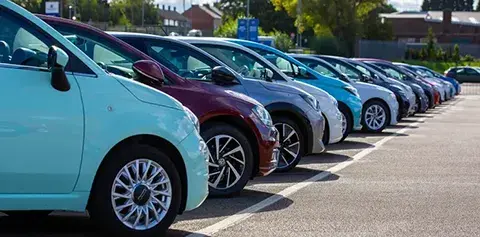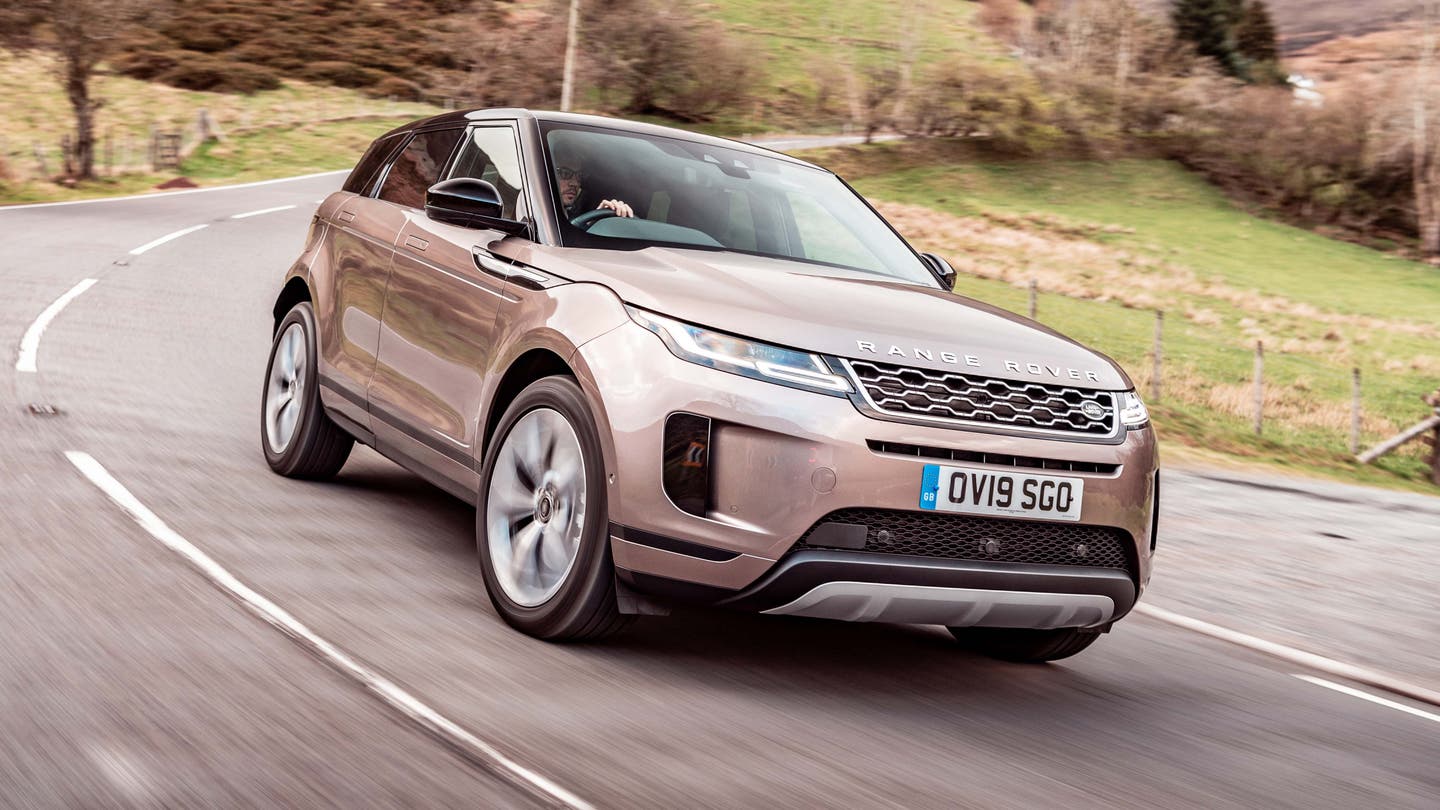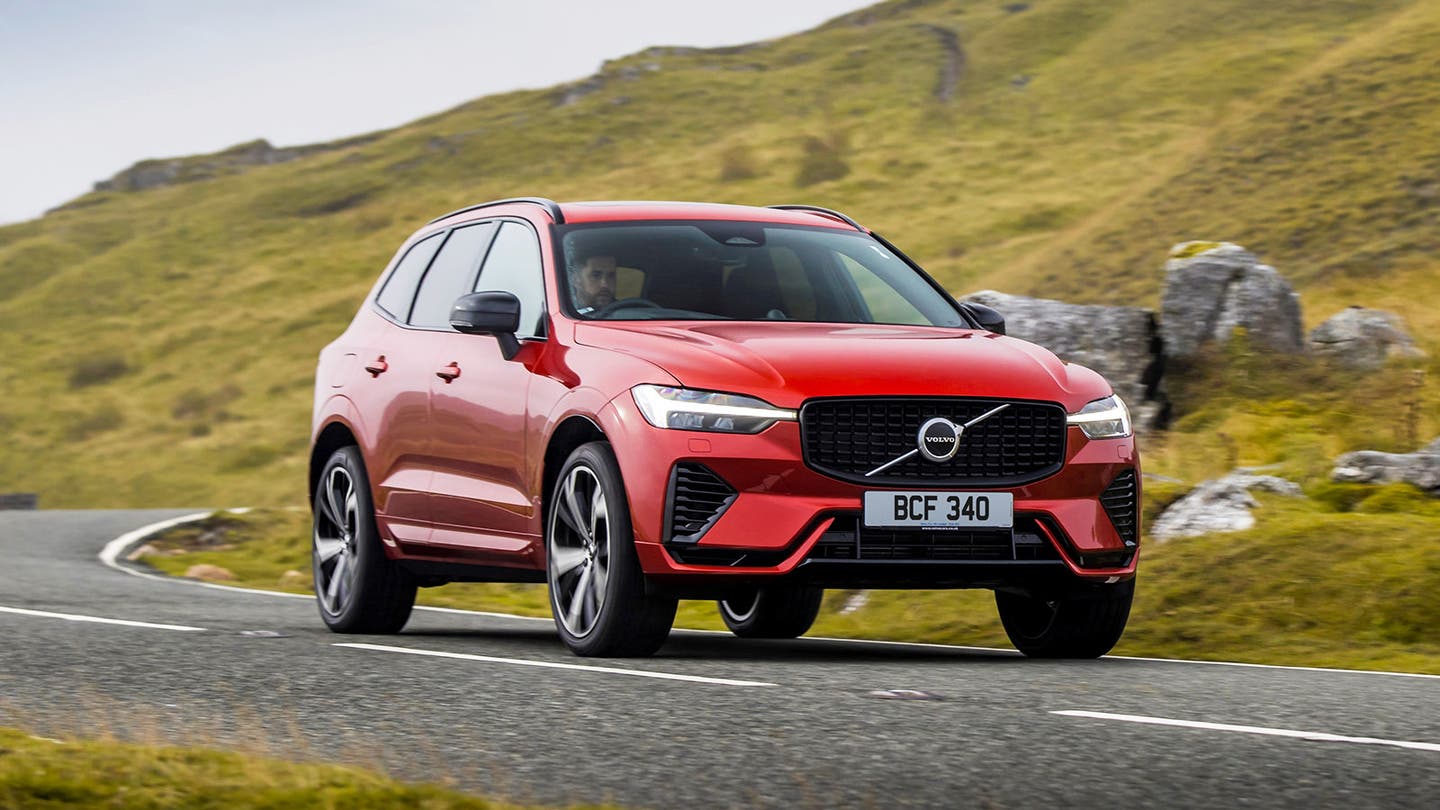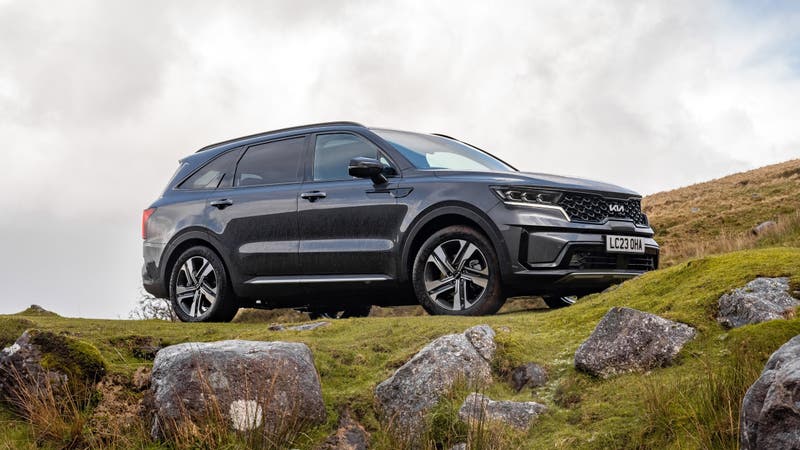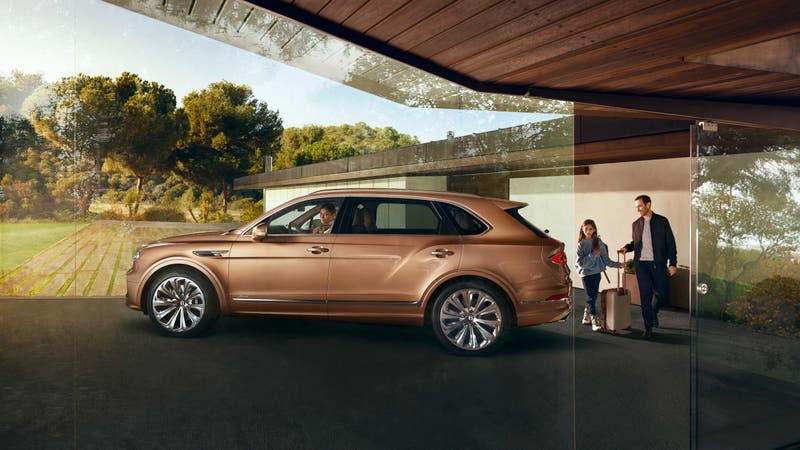
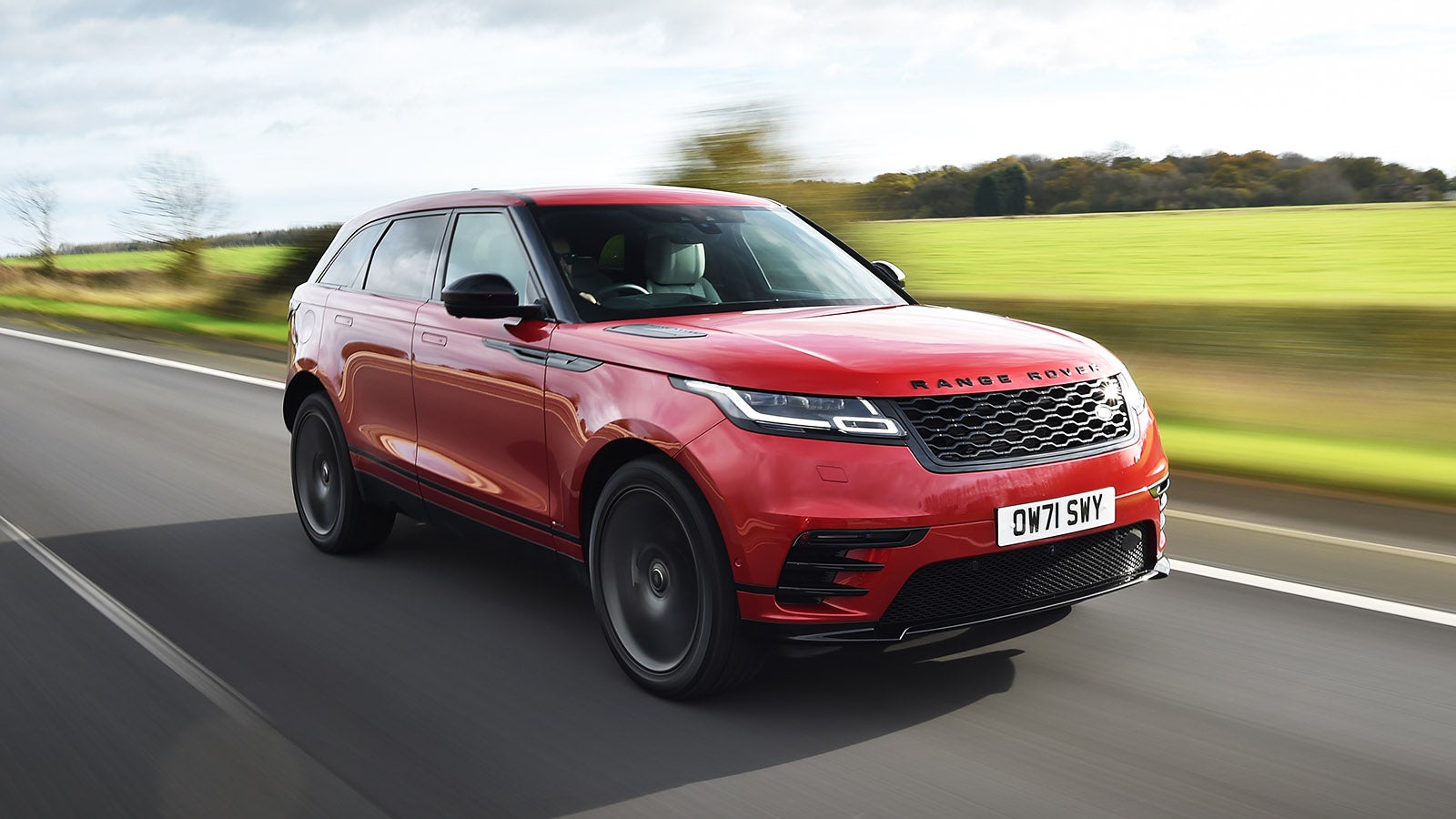

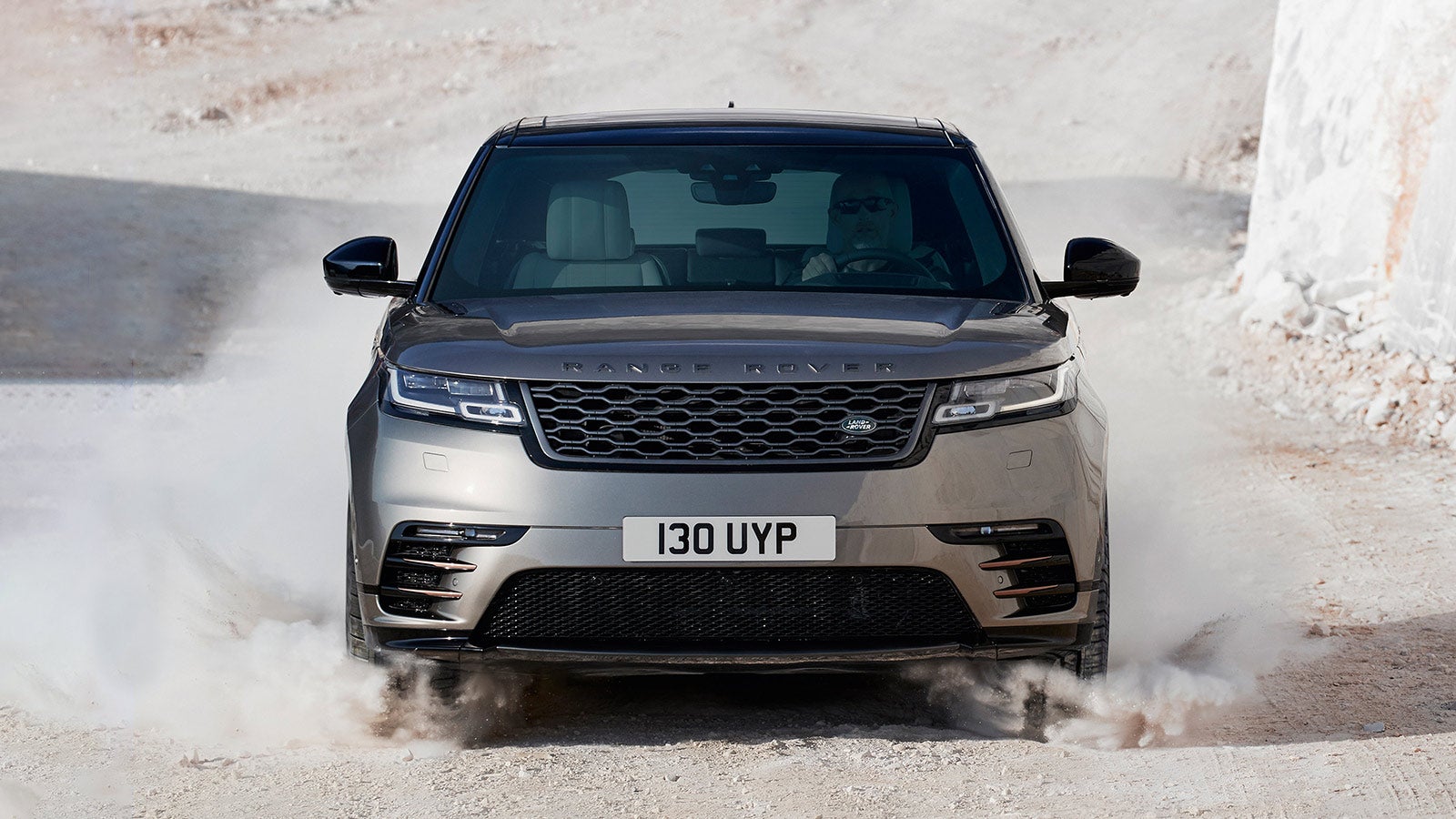

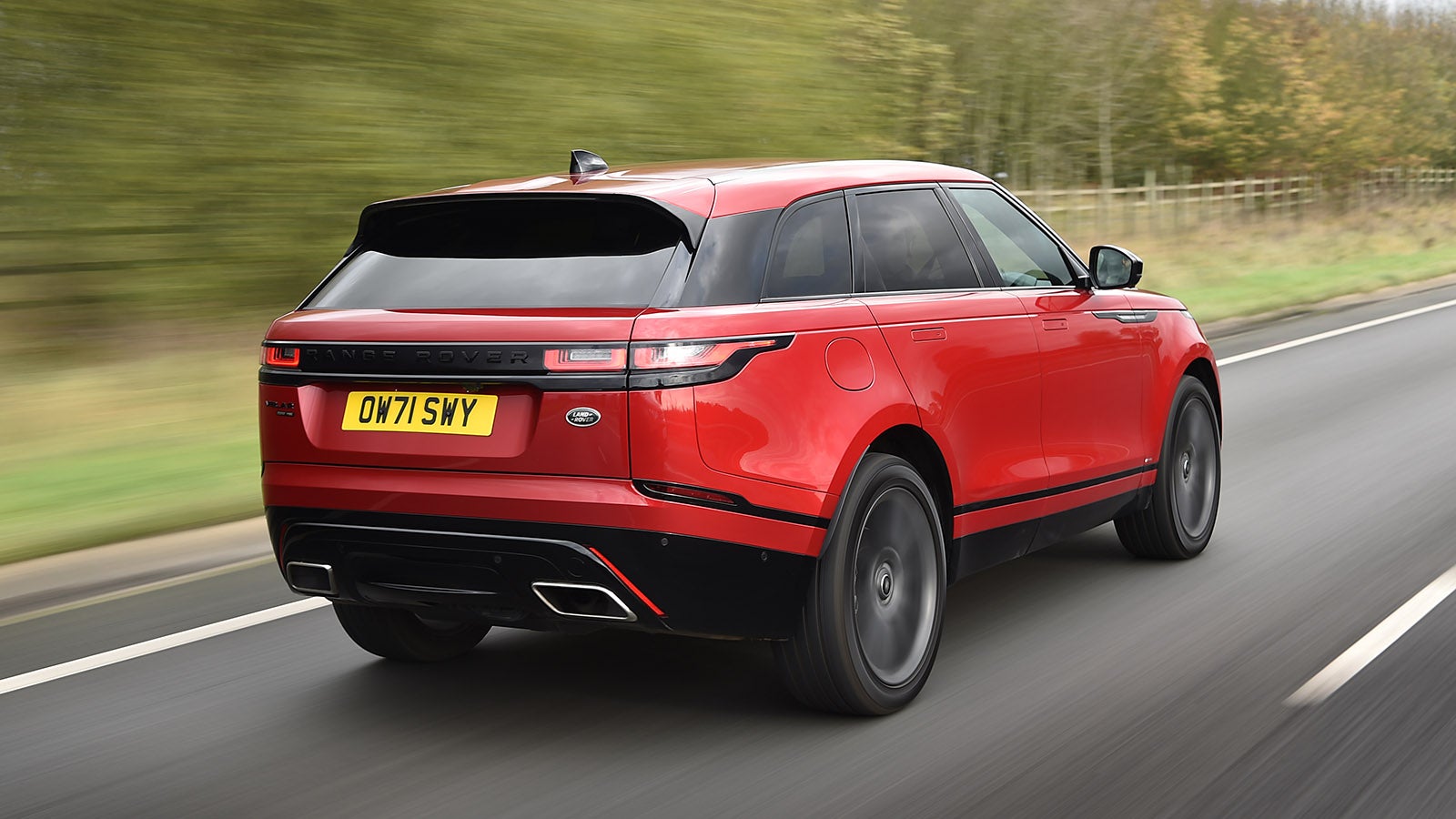
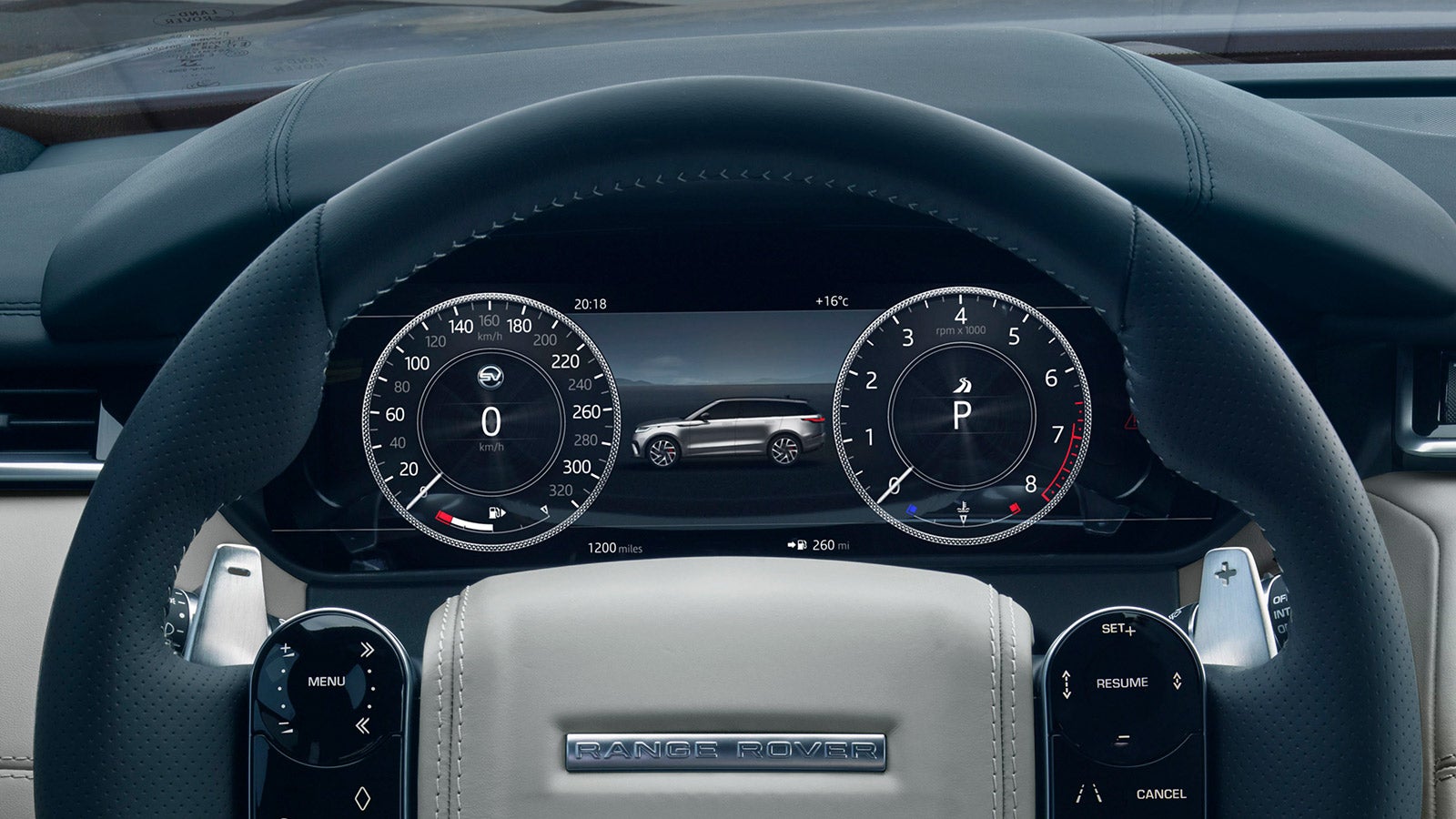
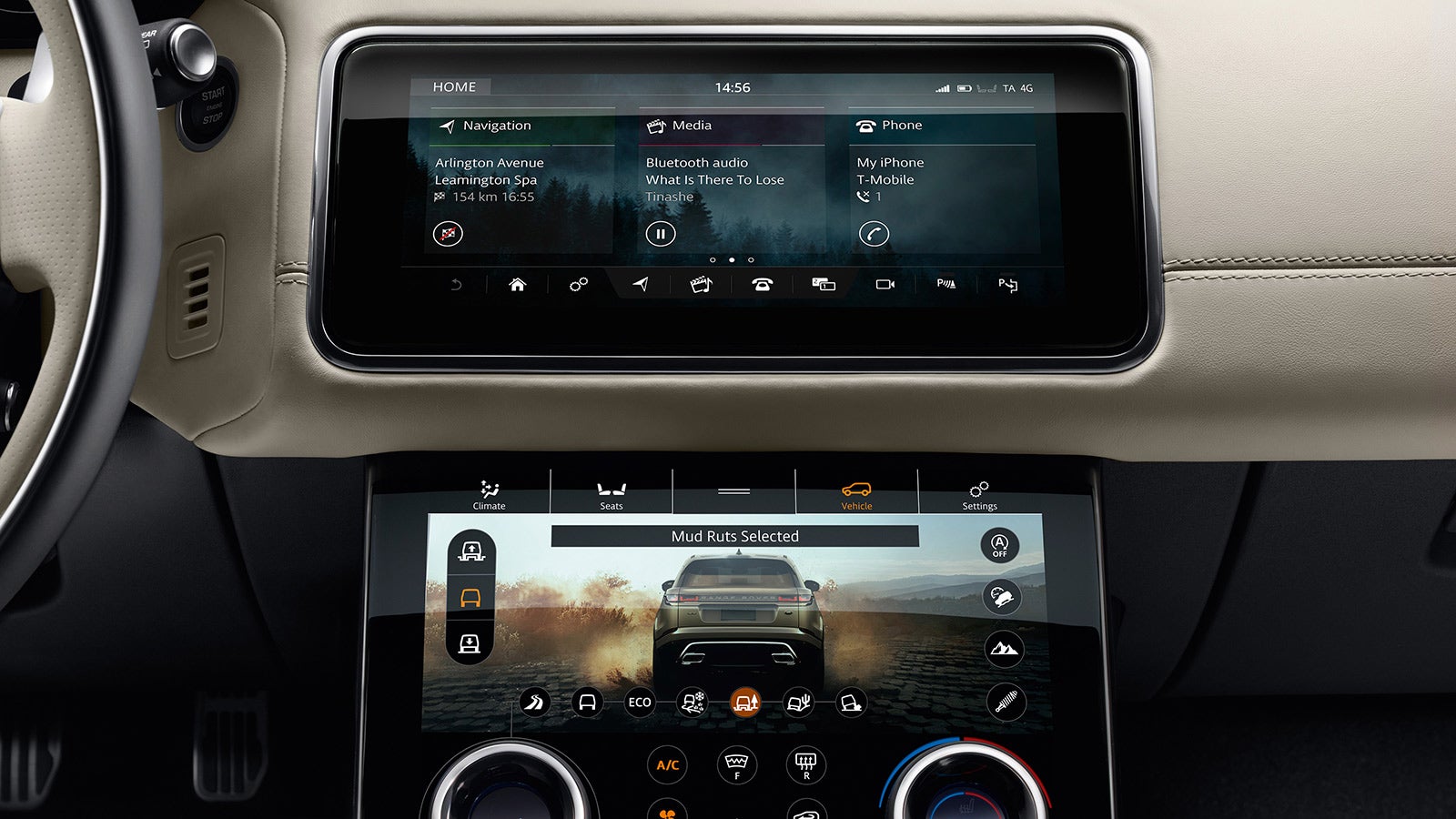
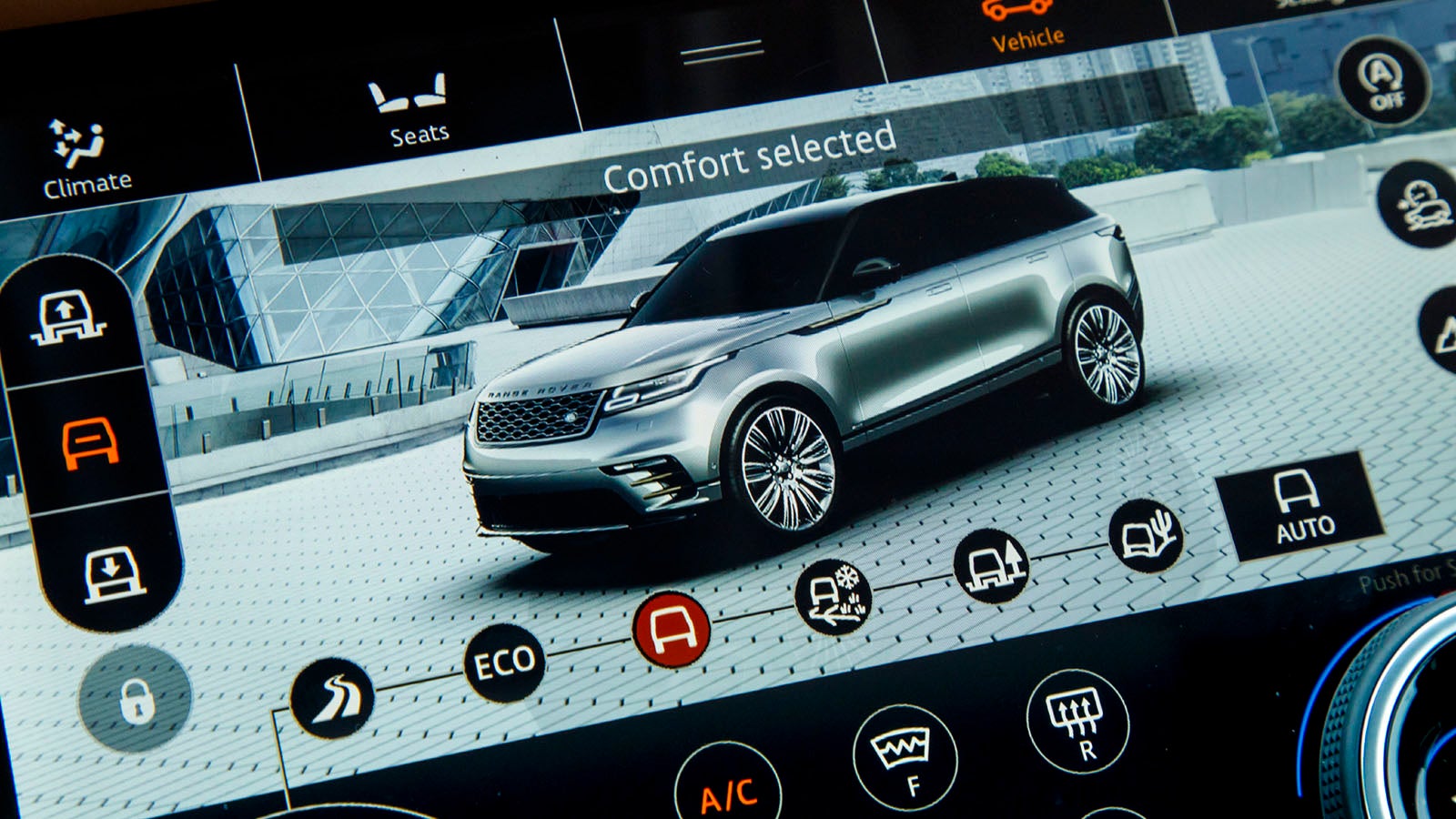
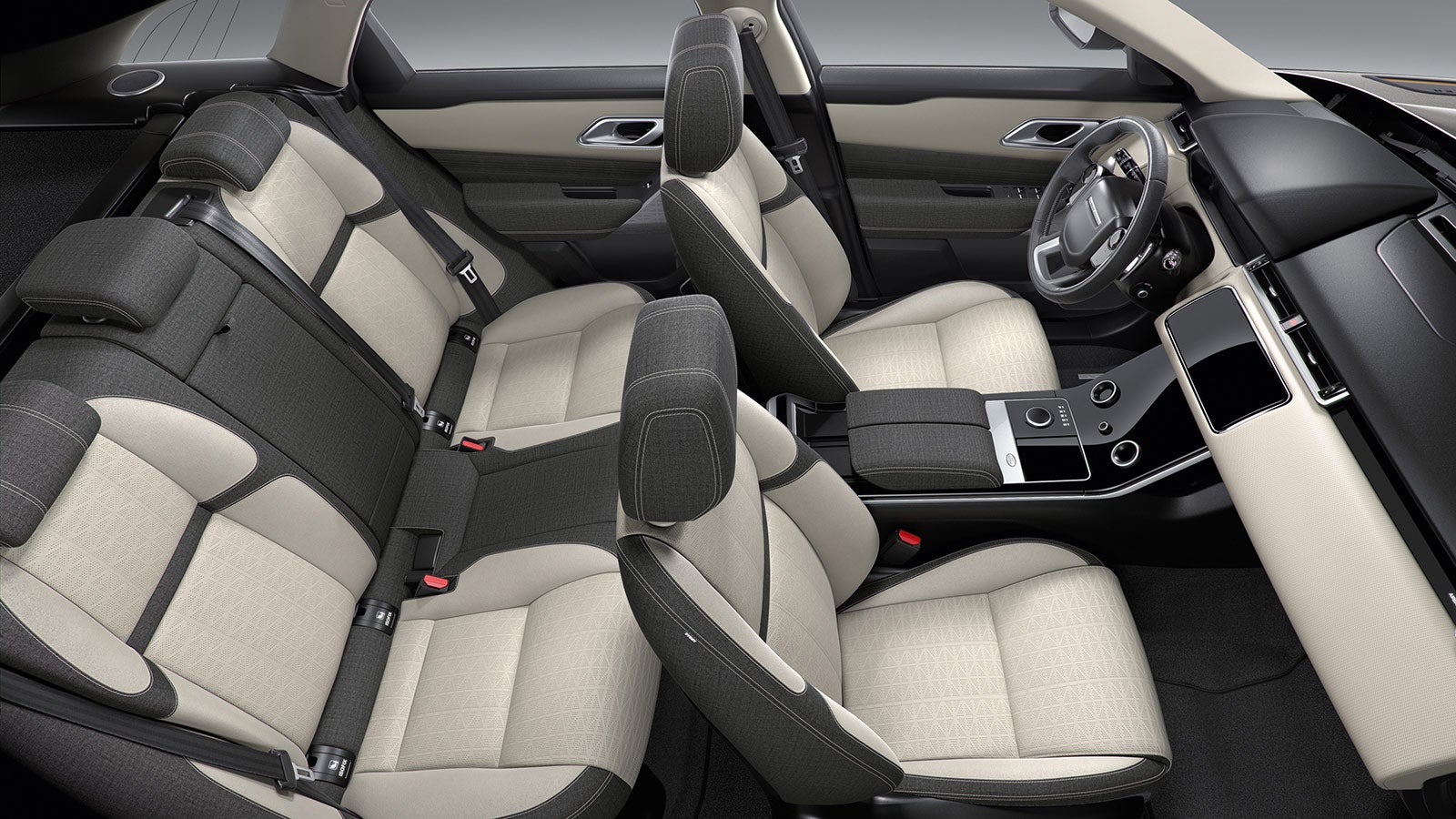
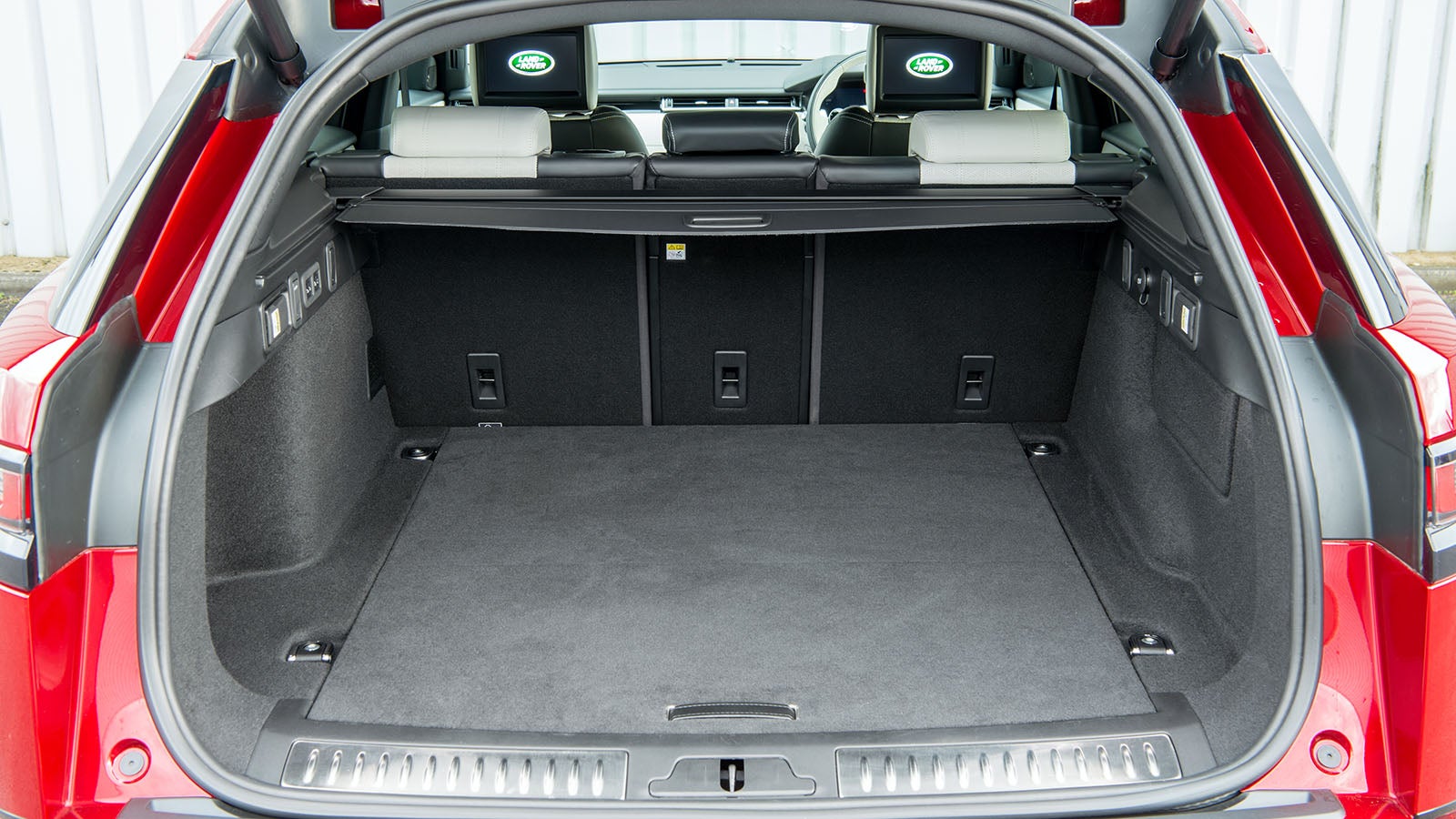
Range Rover Velar Review
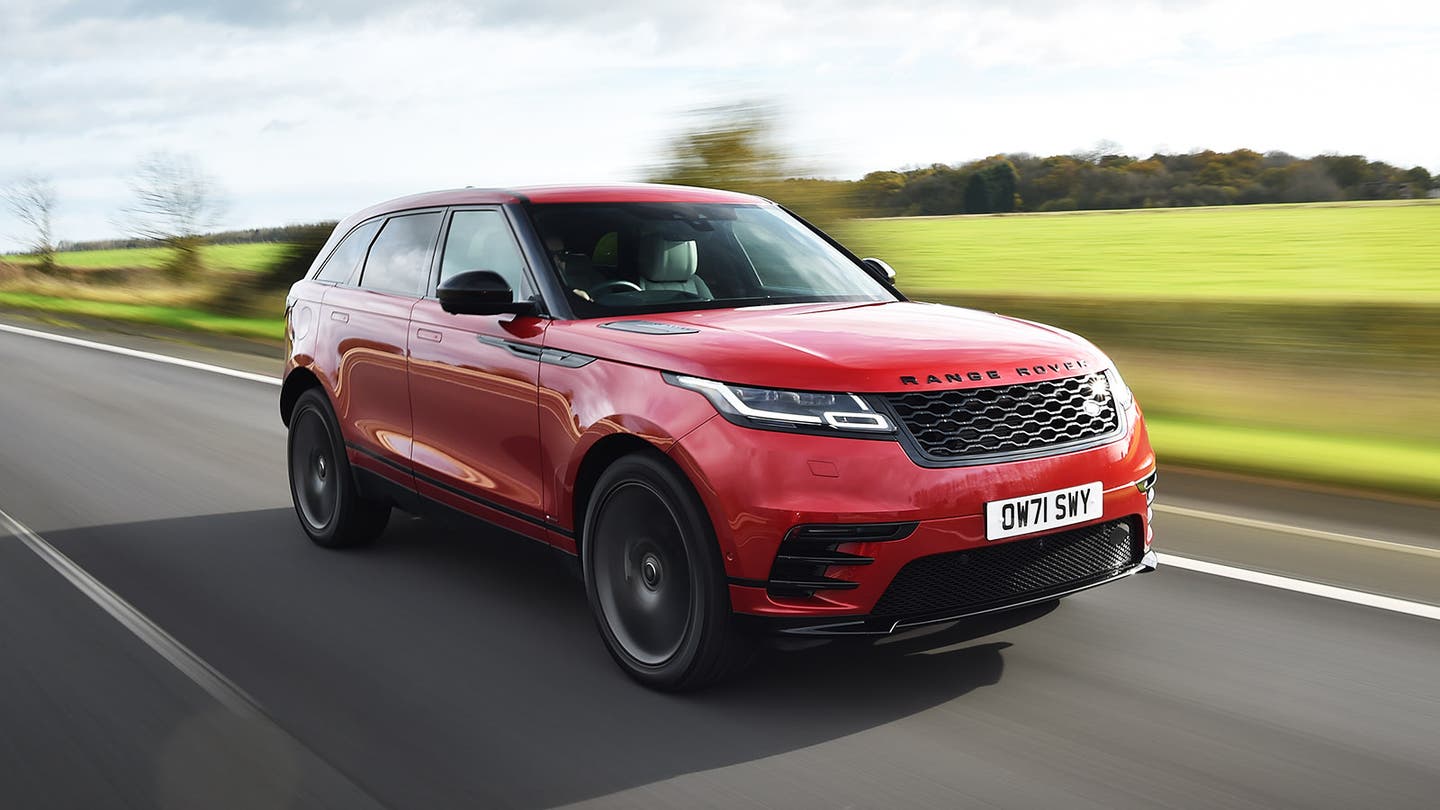
The Range Rover Velar is larger and pricier than rivals like the BMW X3, Mercedes GLC and Audi Q5, but smaller and more affordable than the full-size SUVs that sit above them.
There's no mistaking the Velar in person, however. This is every inch a Range Rover, with the imposing presence and timeless style we've come to expect from the brand's larger cars. Take a look at the numbers, too, because competitive finance rates mean this Range Rover might just appeal to your head as well as your heart.
- Looks and feels expensive
- Spacious and practical cabin
- PCP rates cheaper than key rivals
- Not the sportiest option
- Expensive as a cash buy
- A little pricier to run than rivals
Should I buy a Range Rover Velar?
At one point, Range Rover had the posh SUV market all to itself, but that time has long gone. Every premium brand now has several SUV models for sale, so the Velar has its work cut out if it wants to stand apart from the crowd.
Thankfully, it can draw on Range Rover's extensive experience of making posh cars that feel commanding on the road, and nearly unstoppable off it. The result is a luxurious SUV that sits in something of a middle ground – larger and more premium-feeling than something like a BMW X3, but without the range-topping image and sheer size of something like a BMW X5.
The Velar is a strict five-seater and doesn't try to shove a third row of seats in its boot – that's left for models like the Land Rover Discovery Sport. This is a smart move because this gives the second row acres of passenger space without compromising it by fitting another seating row. It also leaves the boot free to simply be the largest cargo space possible without shoving a seat-folding mechanism under the floor.
On the road, it's easy and effortless to drive but lacks the sporty handling that you'll find in rivals like the BMW X3. That's unlikely to bother Velar owners much, however, because the car's soft suspension setup encourages you to take it smoothly rather than attack every corner with vigour. Once you embrace the Velar's calm vibe, you'll appreciate the way it wafts you around similar to the full-fat Range Rovers further up the range.
Of course, all this quality comes at a price. The Velar generally costs a bit more to buy than its key German rivals – both as a new car and on the used market – reflecting its position as more of a true luxury car. However, this is only half the story. The Velar's depreciation is expected to be very slow, with the car holding a bigger share of its value for longer. This means PCP finance rates – where you essentially just pay for a car's depreciation – are temptingly low for the Velar, often undercutting rates for German rivals despite their lower overall price.
Interior and technology

In the past, cars designed to sit beneath the original Range Rover in the brand's lineup fell a bit flat – failing to translate the big car's regal seating experience into a smaller, more affordable format. That's not the case with the Velar. It feels every inch like a real-deal Range Rover, with sumptuous leather and soft-touch materials adorning most surfaces you see and touch. Build quality also impresses, with no creaks or rattles from trim pieces over bumps.
The design is simple, like pretty much every other brand chasing a minimalist look these days. It still has a sense of elegance, however – details like the diamond-textured faux-leather dashboard panel stand out, along with the glossy iPad-like infotainment screen nestled in its own metal-lined bezel. What's nice, too, is that these touches are standard across the Velar range, so even entry-level S models feel like they're worth the asking price, while range-topping HSE versions just heap more plush features on top of this.
Probably our biggest gripe with the cabin is the big panel of piano-black plastic that makes up the centre console, which picks up fingerprints like a magnet. We also slightly wish that Range Rover had fitted a column-mounted shifter for the automatic gearbox, like Mercedes and Tesla, rather than a rotary selector, which robs a bit of space from the centre console.
Most used Velars come in S, SE or HSE spec, which all include a trio of screens across their dashboards – one for the driver's dials, one for the central infotainment system, and one below that to handle car and climate features. The graphics are crisp, clear and commendably fuss-free compared to the busier layouts found in German rivals. You can adjust the infotainment screen's tilt electronically, which lends a bit of drama as it turns to face you when the system fires up, although it does feel like a level of complexity we could happily have done without.
There are no physical shortcut buttons for different functions, so you might need to glance away from the road for some adjustments. You do get proper dials for left and right climate control and stereo volume, however. The temperature dials can also be pressed to adjust the standard heated front seats – a neat function, but one that isn't obvious unless it's pointed out. We're not convinced the steering wheel's touch-sensitive buttons are the most ergonomic solution, but we do like the way they seem to magically appear once the car's turned on.
Practicality

The Velar is a big car. At more than 4.8 metres long, it straddles the line between mid-sized family SUVs like the BMW X3 and full-size luxury SUVs like the BMW X5. That means you should expect lots of cabin space and the Velar doesn't disappoint.
Front-seat occupants get plenty of space and a wide range of adjustment, with four-way lumbar support available on S trim and up. Even with very tall front occupants, you can fit full-grown adults in the back seats with space to spare. They don't get the full-on reclined, lounge-like experience from the original Range Rover, but still plenty of room to get comfy for long journeys.
Rear-seat passengers who are well over six-foot tall might find their heads get close to the headlining if they sit up straight in cars with the large panoramic sunroof – but a slight slouch nixes this issue. The Velar, like its rivals in this segment, is a little tight for three passengers across the rear row, with limited elbow room and a chunky transmission tunnel robbing foot space.
The cargo area can offer more than 600 litres of capacity if you have a tyre-repair kit rather than the optional full-size spare wheel. Even with the spare wheel in place, you get more than 500 litres of space to play with – plenty for a family's holiday luggage, a pushchair or a medium-sized dog. Access to the cargo area is easy thanks to the wide, tall boot lid, which is powered on S-trimmed cars and up. The Velar's height and bulk means you will have to lift items fairly high off the ground to load them, although this is easier on cars with the optional air suspension, which can be lowered at the press of a button.
Engines and performance

If you're looking for outright performance, the Velar probably isn't going to float your boat. Compared against similarly powered rivals, the Velar usually among the slower and least efficient choices in the segment.
But this car isn't really for drivers who obsess about on-paper figures. Every engine in the range delivers enough turbocharged torque to get this hefty SUV up to speed, and comes with an eight-speed automatic gearbox so you need barely any effort to do so.
Diesel-powered Velars are popular in the UK and, as long as you do the occasional long journey to avoid the potential for DPF issues, they're are a good match for the car. You get lots of immediate low-down torque to make day-to-day driving easy, although four-cylinder D180 and D200 don't have much extra power when you fully floor it. Twin-turbo D240 models are a bit more muscular, but the 3.0-litre six-cylinder D275 and D300 diesels feel truly brawny when you put your foot down.
The petrol lineup starts with the 2.0-litre P250, which has more than enough power for most buyers. That said, we still think the P380 and P400 six-cylinder petrols fit better with the Velar's luxury-car character – although their running costs aren't for the faint of heart.
Of course, if you have bravery to spare, consider the Velar SVAutobiography. This stuffs a supercharged 5.0-litre V8 under the Velar's bonnet for a total of 542hp and a 0-62mph time of just 4.5 seconds. Having that much performance in a car this big is either insane, hilarious or both depending on your perspective.
More recently, a plug-in hybrid P400e model joined the lineup. This setup yields an impressive 398hp and a 5.1-second 0-62mph time but, if you avoid the performance and recharge the battery often, you could see more than 160mpg on average. Fully charged, you'll be able to travel more than 30 miles on electric power alone.
Driving and comfort

The Velar doesn't really aim to make driving fun. There's a fair bit of body roll and it can't hide its substantial mass as effectively as rivals like Porsche and BMW can. Despite this, the Velar is still a very pleasant car to drive.
It's smooth and easy, with light, accurate controls and decent visibility considering how big it is. The engines are strong enough that it doesn't feel laboured getting up to speed, especially if you pick one of the larger-capacity models – and the automatic gearbox tuning rarely gets caught out by sudden speed changes.
Ride comfort is pretty good, too. Body control over large bumps and big undulations is excellent, with the suspension masking most big road impacts before they make it to the base of your seat. Many Velars come with massive alloy wheels – 21 inches on our test car, for example. These tend to transmit a few higher-frequency vibrations from poor road surfaces to the cabin, but it's nowhere near bad enough to compromise the otherwise comfortable driving experience.
Everything in the Velar is geared towards making the car smooth and relaxing to drive and, as long as you embrace that attitude, it fulfils that role perfectly. You may only feel let down if you're expecting a large SUV that can also double as a substitute sports car – in which case, check out the BMW X3 or Porsche Macan.


